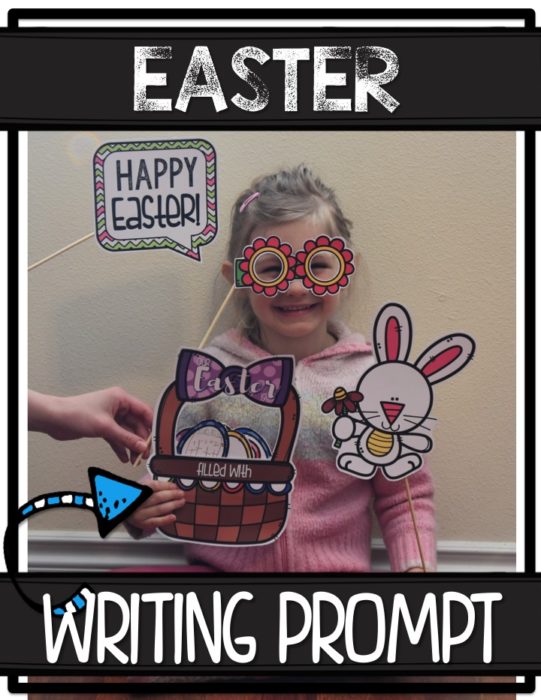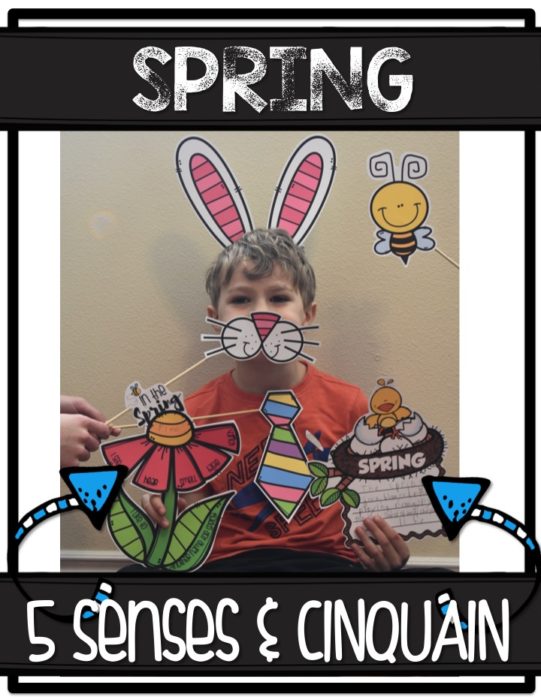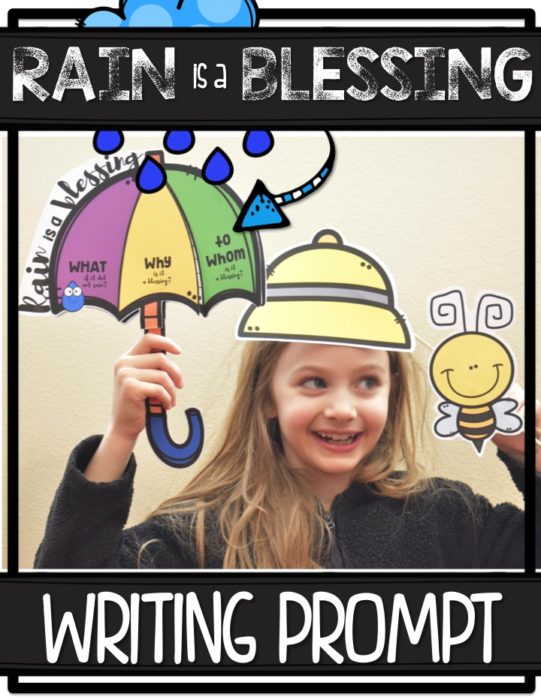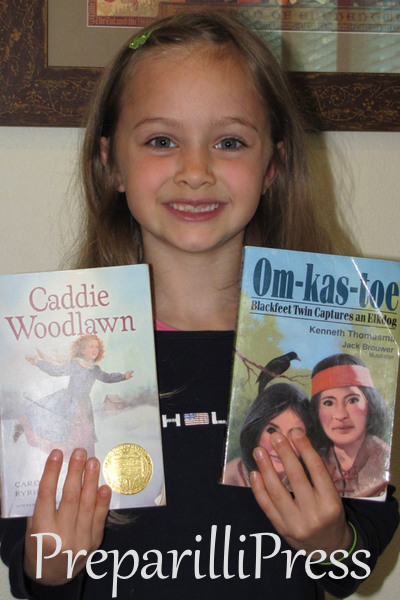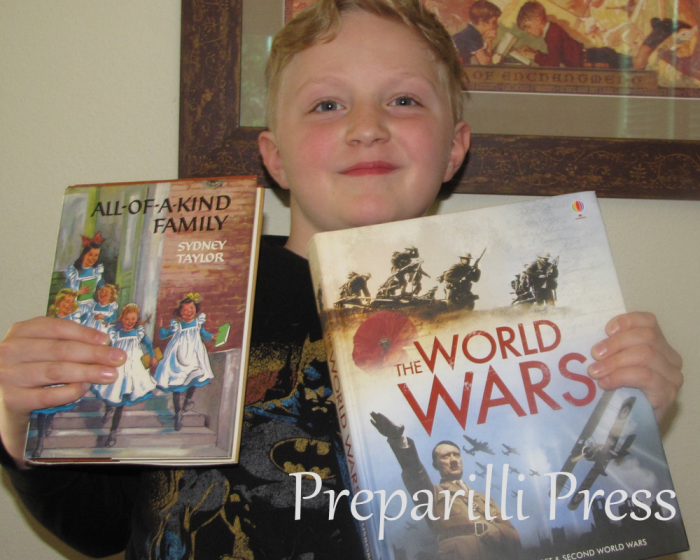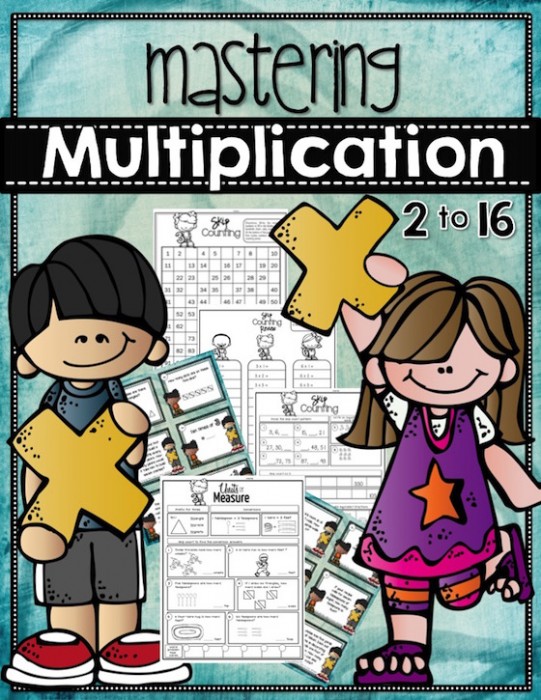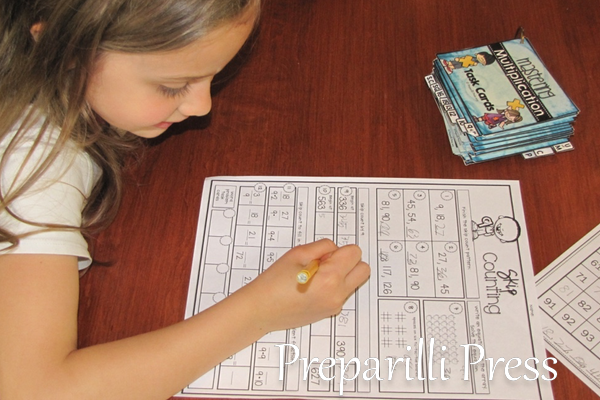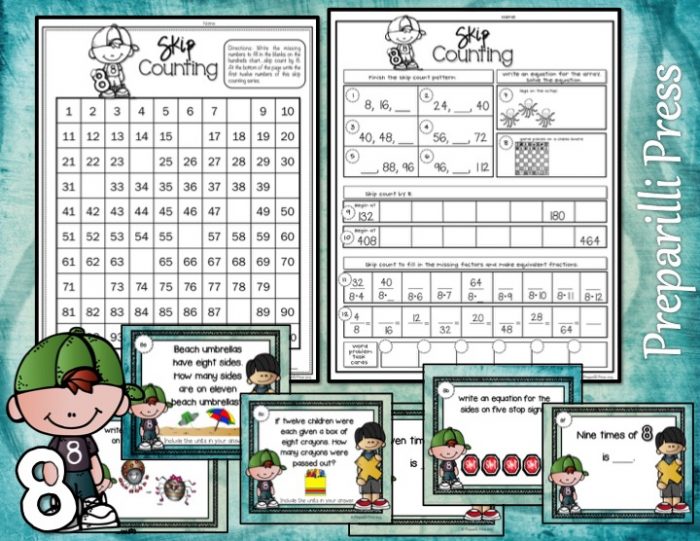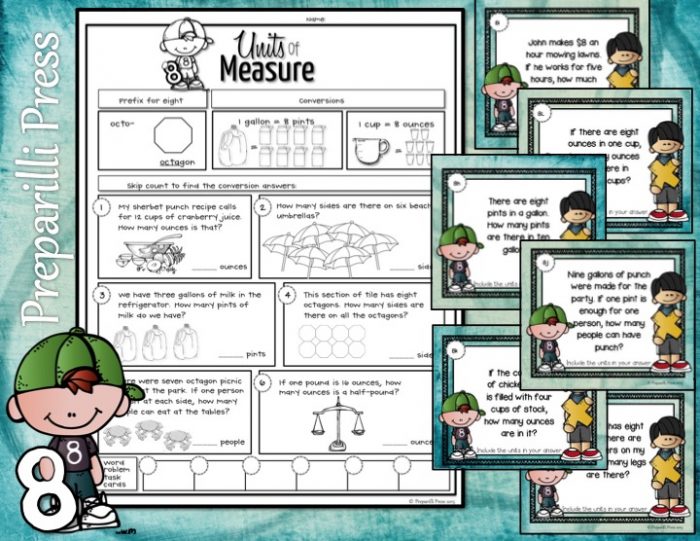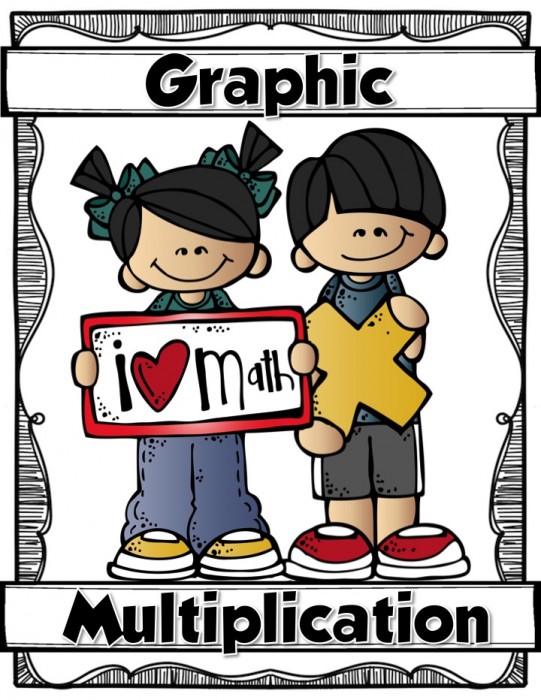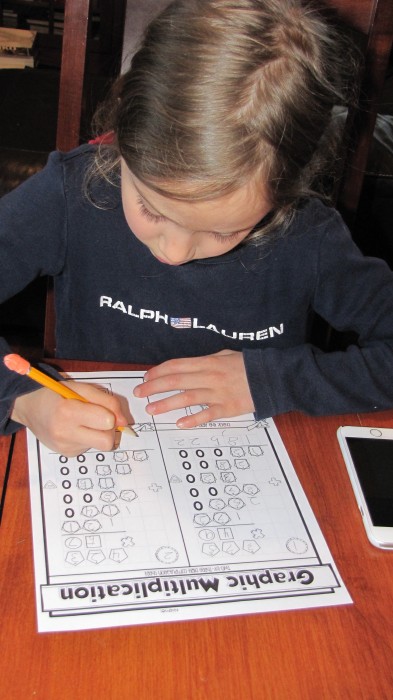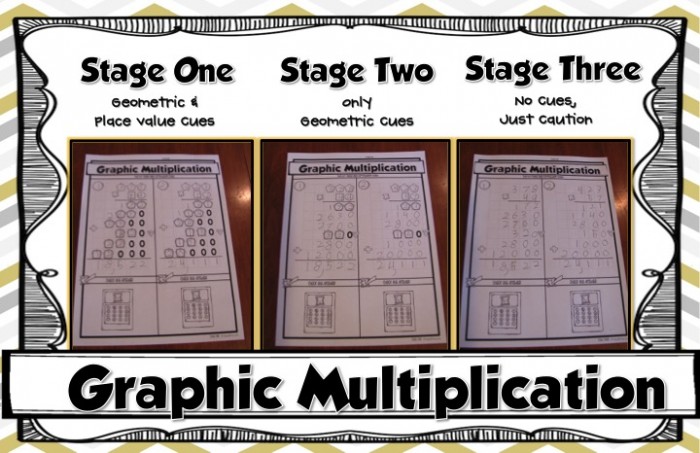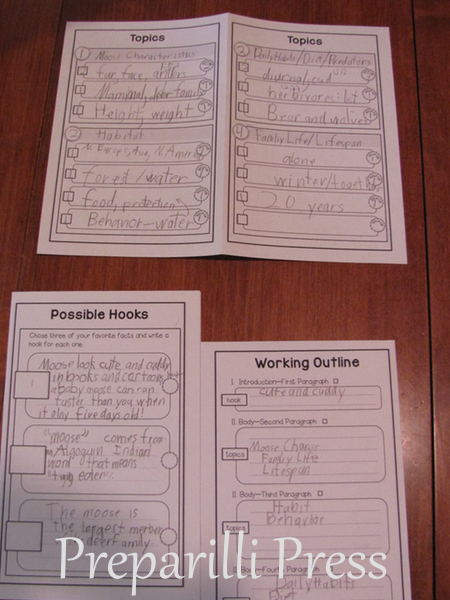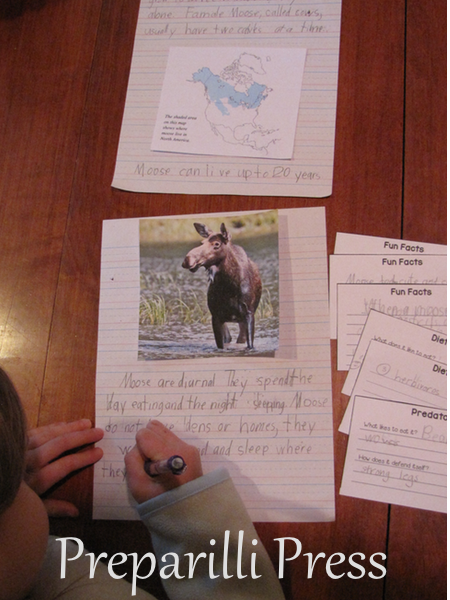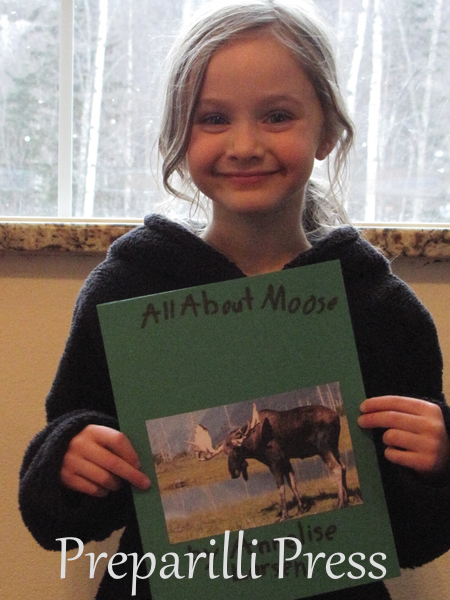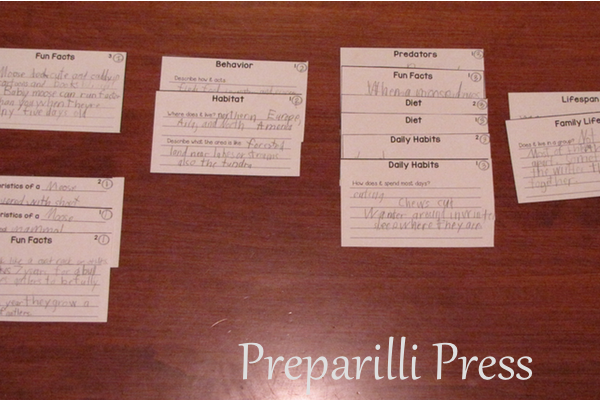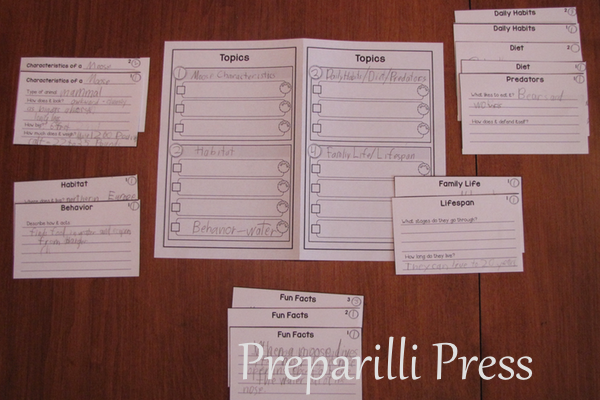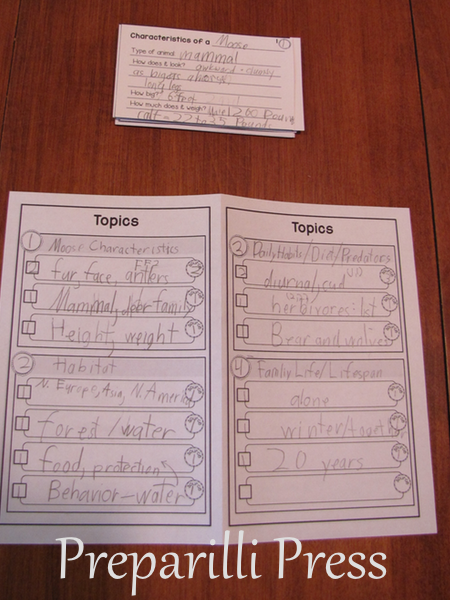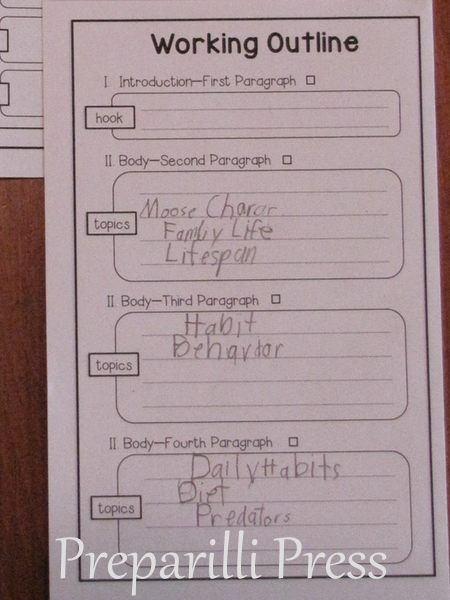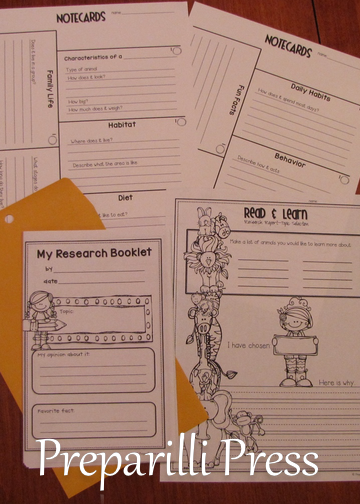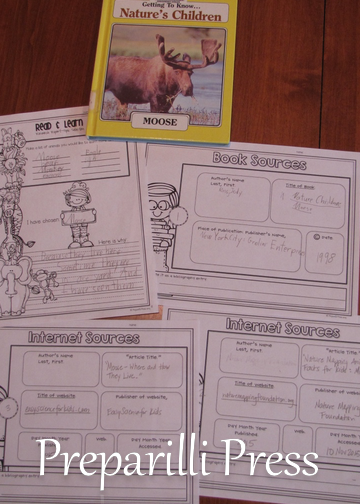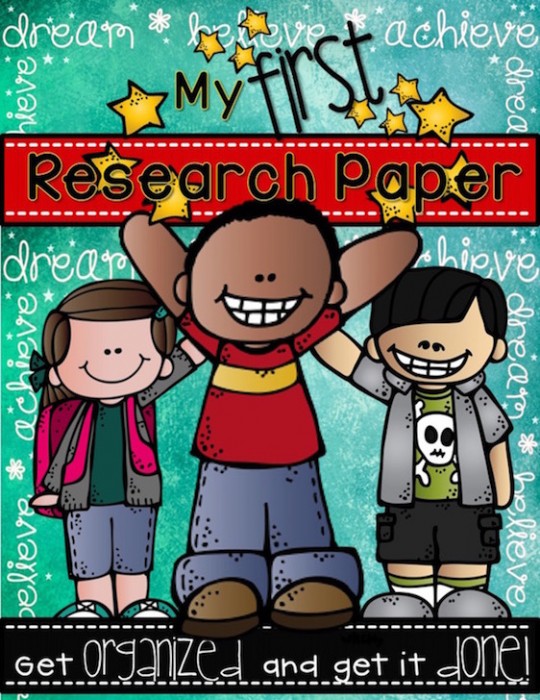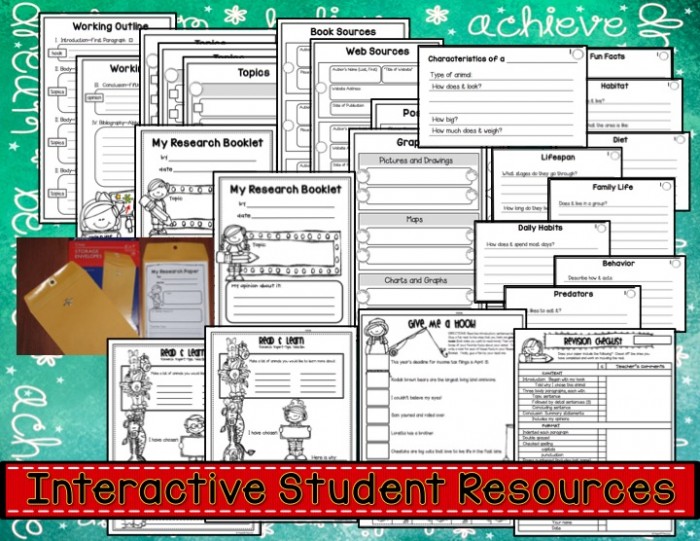There are lots of great books in Core E. You can see what the kids liked last year here and here. This year Annelise, age 8, really enjoyed In Search of the Source. It is a pretty awesome book about missionaries to a tribal people in Papua New Guinea and the struggles they went through to not only share the gospel, but to give them the written Word of God. Here is what Annelise had to say:
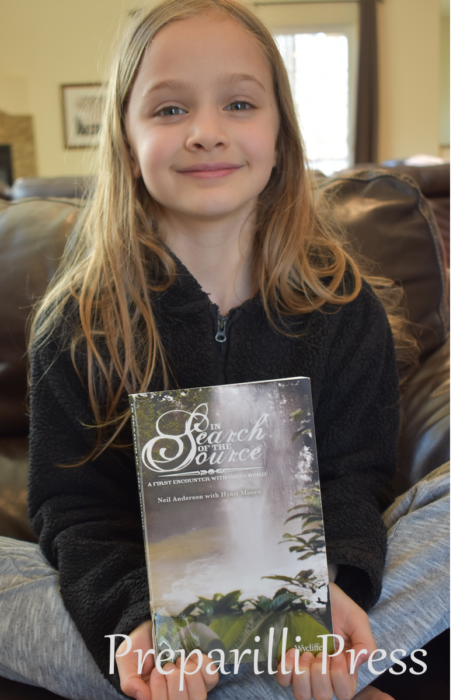 Annelise, age 8
Annelise, age 8
In his book, In Search of the Source, Neil Anderson and his family share the gospel with the Folopa tribe of Papua New Guinea. Along the way there are many difficulties, but the power of God’s word helps them find a way through. This is a story of true faith, bravery and lovingkindness.
Neil and his family went to Papua New Guinea to translate the Bible into the Folopa language. To do this, they had to learn the language and make it into a written language; be accepted by the people; and teach them how to read. God had called them to do a BIG JOB!
On the first day of translating, Neil had begun to write, but he was struggling to find a Folopa word for “created”. It was hard for him to describe it, and harder still for the Folopans to understand what he was asking. Two days later, on a hunting trip, he found the answer in a surprising way while eating a leaf-plateful of grubs!
This account is full of the amazing ways God reveals Himself to man, and helps someone like Neil to do the work He had called him to do. The faith that the Folopans had and the joy they found in knowing Christ encouraged me and I know you will enjoy it, too.

